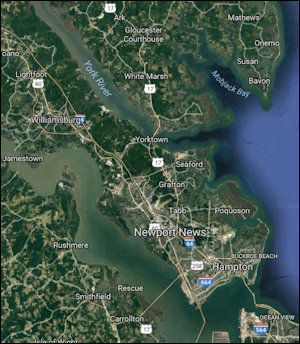 by James A. Bacon
by James A. Bacon
There’s an odd little story in the Richmond Times-Dispatch today about how E.S.H. Greene Elementary School on the south side of Richmond is having trouble finding school bus drivers. The school has resorted to a “double back” system in which bus drivers, after dropping off the first load of kids, doubles back to pick up a second load. As a consequence, many kids are stuck at school as much as an hour after the 3:45 p.m. bell has rung.
Judging by the challenges that bedevil inner-city schools, keeping children late at school may not rank high on the list of concerns. What rankles is that the problem occurs in the first place. Richmond school officials indicate that similar problems are occurring at eight other schools and that “efforts to recruit bus drivers are underway.” Is the economy running at such a red-hot pace that people spurn jobs as school bus drivers? Or is something else going on?
The number of buses is not an issue. According to the T-D article, Superintendent Dana T. Bedden “said there are enough buses to get everyone home on a regular schedule but not enough drivers to get them on the road.”
Surely there are people in the poverty-stricken south side of Richmond who would like to make some extra money. The job search site Indeed indicates that bus drivers in Richmond make $11.63 an hour, considerably more than minimum wage.
Part of the problem may be absenteeism. As Principal Linda Sims describes the situation, “On a good day, we can get three [drivers]. On most days, it’s two, where he would have to run and run and run till we get all the children home.”
Another part of the problem might be the job requirements. Here is a list of requirements listed for bus drivers in Greene County, Va.:
Must demonstrate the ability to successfully complete the Virginia Education Department training curriculum for school bus drivers and obtain a Commercial Driver’s License with appropriate school bus endorsements within the probationary period. Complete State and County requirements of twenty hours of classroom and twenty hours of behind the wheel instruction. No reckless driving or driving under the influence convictions within five years and/or fewer than two moving violations within 12 months of employment. … Ability to: develop and maintain a positive and, helpful attitude toward students; learn computer hardware and software applications; communicate and develop effective working relationships with students, parents and staff.
What does it take to complete the state’s school bus driver training program? According to this VDOE document, prospective drivers can’t just sign up for training at the drop of a hat. They must have held a commercial drivers licence for at least two years beforehand. Then they must attend a training program, classes for which in the Richmond area are held once a year. This year the training took place in August.
Let’s see: Must have had a commercial drivers license for two years. Must go through 40 hours of training. Training available only once a year. Must be computer literate. And, oh, by the way, must have a decent driving record. I wonder how many people willing to work for $11 to $12 have those qualifications. No wonder it’s hard to find school bus drivers!
Meanwhile, Principal Sims is pursuing another option: getting her students to walk to school. To put the walk-to-school option into effect, she has secured a grant from the Virginia Department of Transportation to install sidewalks in tandem with crossing guards.
Hmmm… I wonder what the requirements are for crossing guards.


 by James A. Bacon
by James A. Bacon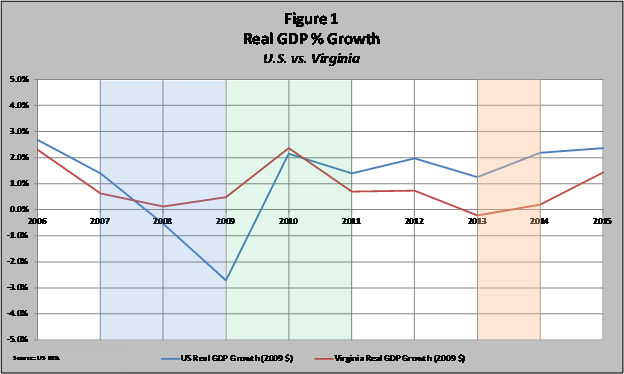




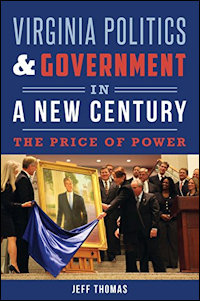 by Peter Galuszka
by Peter Galuszka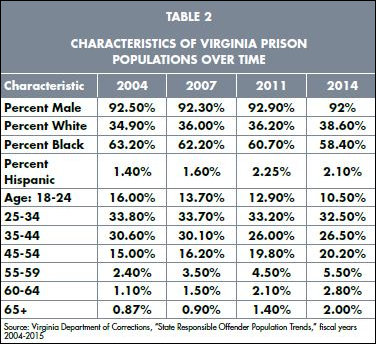
 by James A. Bacon
by James A. Bacon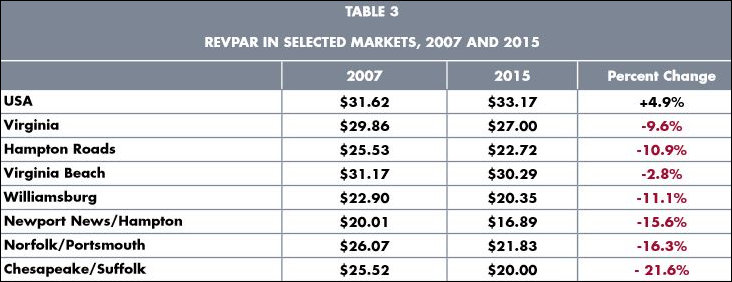
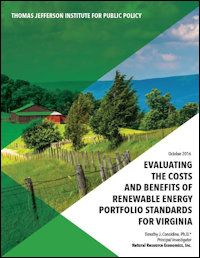 by James A. Bacon
by James A. Bacon
